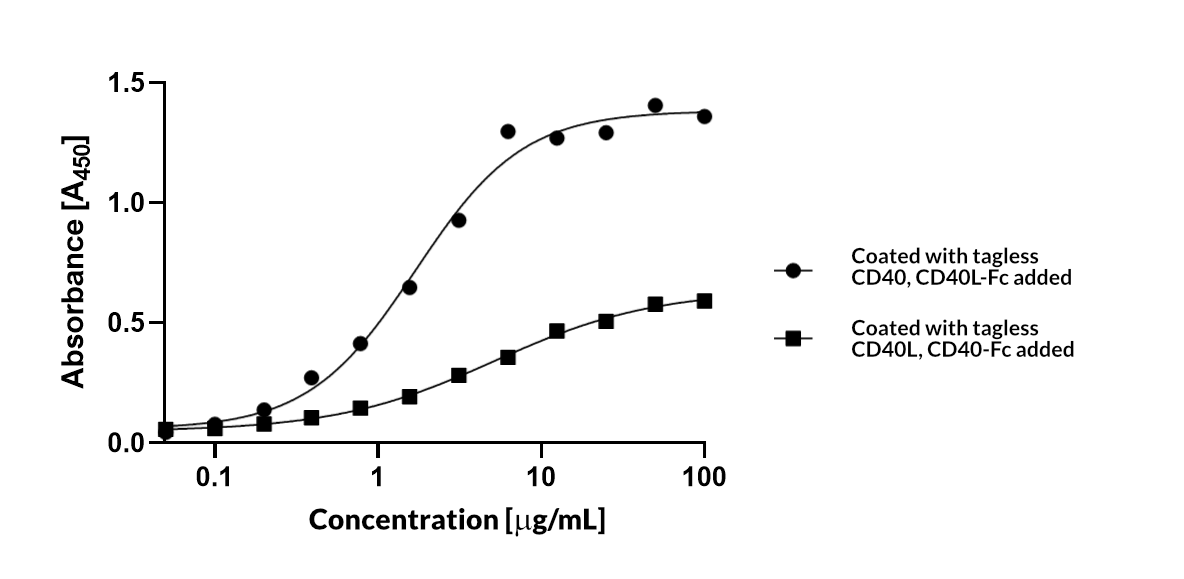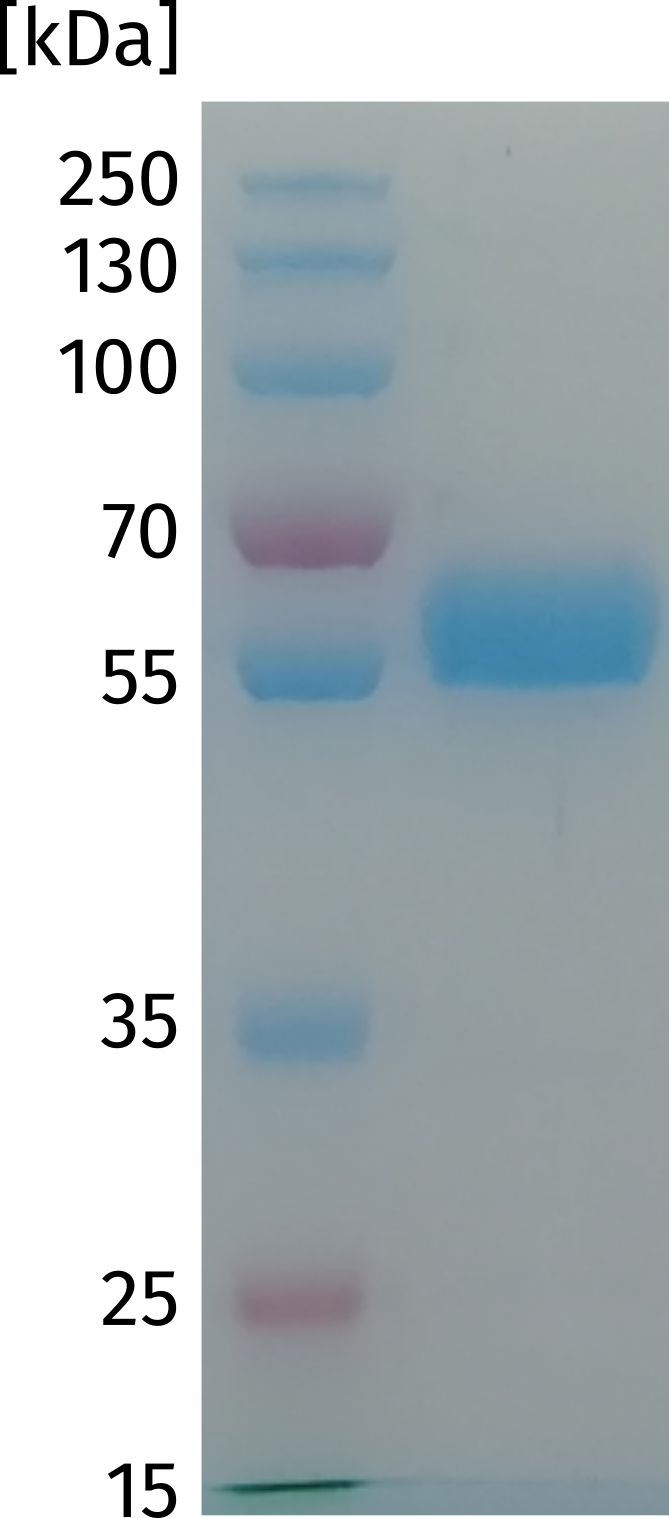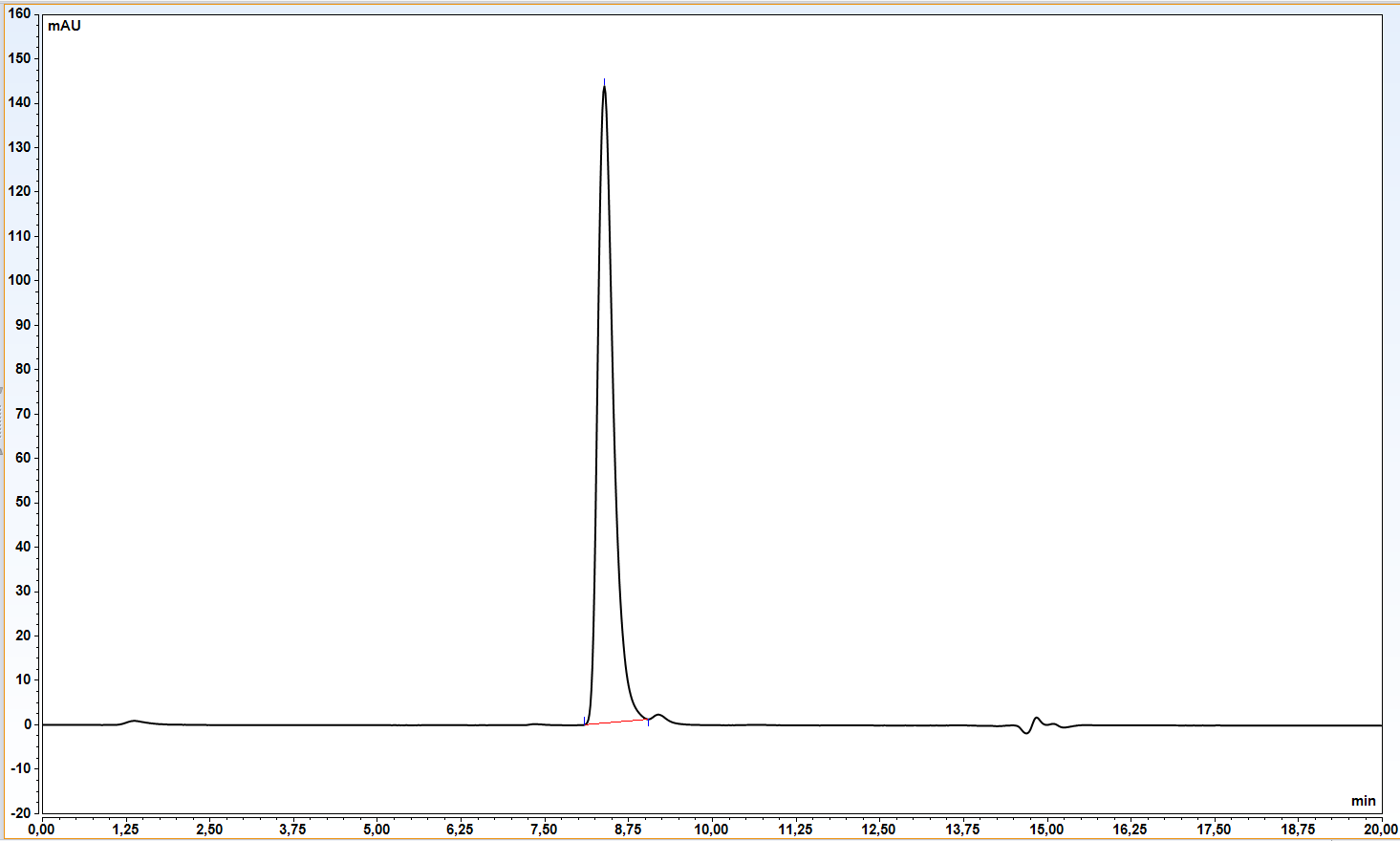Tumor necrosis factor receptor superfamily member 5
CD40
| Alternative names | Bp50 |
| Known ligands | CD40L |
| Origin | Homo sapiens |
| Accession number | P25942 |




CD40 is a 45–50 kD transmembrane glycoprotein originally identified in B cells, some B cell malignancies and carcinoma cell lines (1). CD40 expression has also been recognized in other cell types including follicular dendritic cells, thymic epithelial cells, monocytes, fibroblasts and endothelial cells (2). CD40 is a member of the nerve growth factor/TNF receptor superfamily. CD40 signaling can be initiated by cross-linking CD40 with anti-CD40 mAb or by interaction with CD40 ligand (CD40L), now referred to as gp39, which is expressed by CD41 T cells and by human mast cells and basophils (3). CD40 is an important mitogenic receptor on B lymphocytes which regulates B lymphocyte proliferation and differentiation (4).
- Ohkawara Y. et al. CD40 expression by human peripheral blood eosinophils. The Journal of Clinical Investigation. 1996, 97(7):1761-1766
- Clark, E.A. CD40: a cytokine receptor in search of a ligand. Tissue Antigens. 1990, 35:33–36.
- Caux, C., C. et al. Activation of human dendritic cells through CD40 cross-linking. Exp. Med. 1994, 180:1263–1272
- Fries K. et al. CD40 Exproession by human fibroblasts. Clinical Immunology and Immunopathology. 1995, Oct, 77(1):42:51
